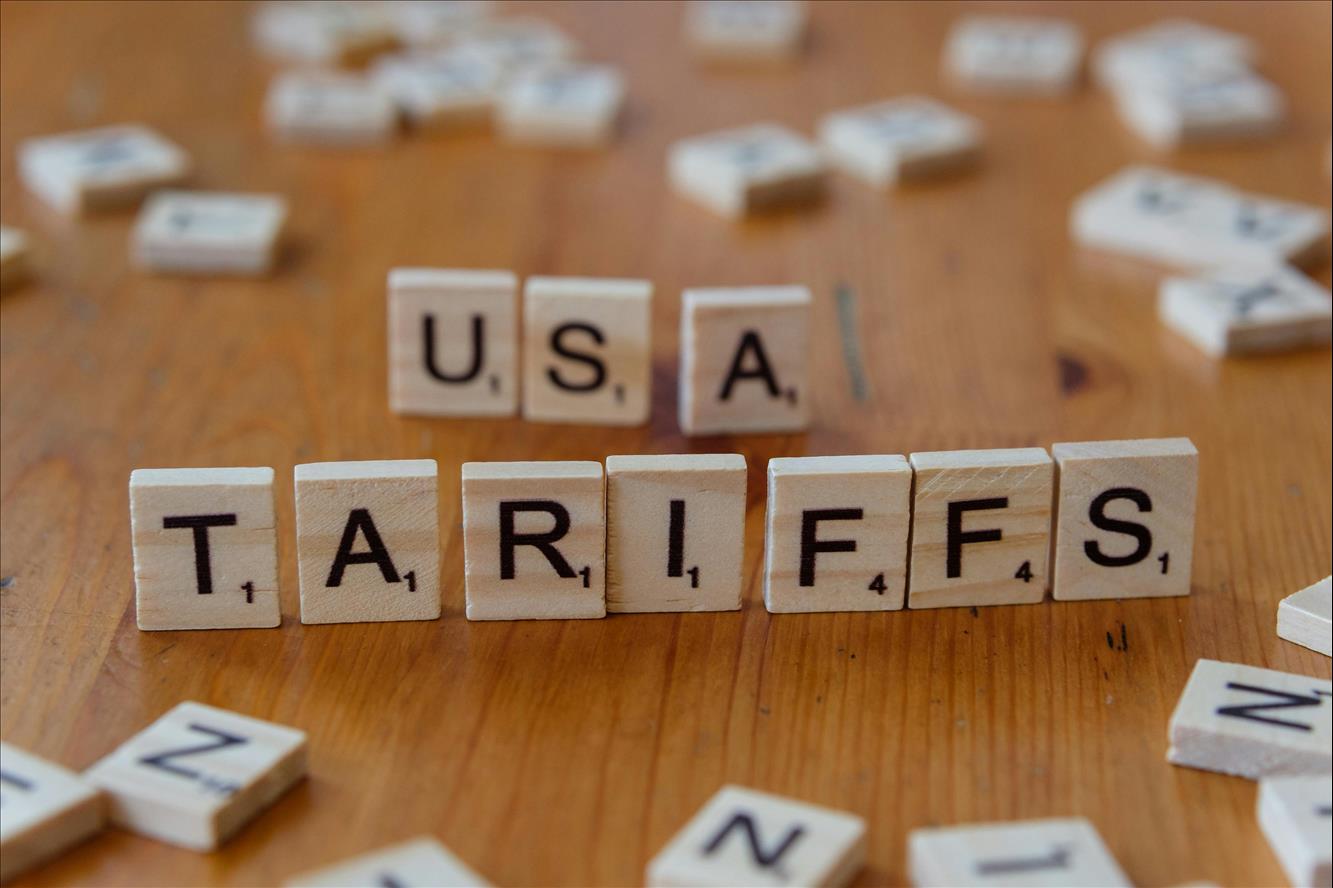Nomura Warns Singapore Takes on Over 20 Percent of U.S. Tariff Costs
(MENAFN) Advanced manufacturers in Asia, particularly in Singapore, have taken on more than 20 percent of U.S. tariff expenses, according to a report by financial services firm Nomura cited by local media on Monday.
The Japanese group revealed that Asian exporters are absorbing roughly one-fifth of the tariffs imposed by the U.S., with the remainder being transferred to buyers. However, this impact varies sharply across countries.
Nomura highlighted that Singapore, due to its advanced manufacturing sector and high-value exports, is better equipped to bear the tariff costs, whereas other ASEAN countries have not absorbed any of these expenses.
The report highlights a clear divide: advanced manufacturers equipped with pricing power can shoulder tariff burdens, whereas producers in lower-value industries lack this ability, said Nomura analysts.
Globally, exporters are shouldering nearly 25 percent of tariff costs, the report noted, based on analysis of U.S. import price and Asian export price indices from January through July.
Looking ahead, Asia faces a “double whammy”: exporters must keep prices low to remain competitive in the U.S. market while battling stronger local currencies. This dilemma forces exporters to either pass on rising costs—potentially losing U.S. market share—or absorb them and face declining profitability.
The Japanese group revealed that Asian exporters are absorbing roughly one-fifth of the tariffs imposed by the U.S., with the remainder being transferred to buyers. However, this impact varies sharply across countries.
Nomura highlighted that Singapore, due to its advanced manufacturing sector and high-value exports, is better equipped to bear the tariff costs, whereas other ASEAN countries have not absorbed any of these expenses.
The report highlights a clear divide: advanced manufacturers equipped with pricing power can shoulder tariff burdens, whereas producers in lower-value industries lack this ability, said Nomura analysts.
Globally, exporters are shouldering nearly 25 percent of tariff costs, the report noted, based on analysis of U.S. import price and Asian export price indices from January through July.
Looking ahead, Asia faces a “double whammy”: exporters must keep prices low to remain competitive in the U.S. market while battling stronger local currencies. This dilemma forces exporters to either pass on rising costs—potentially losing U.S. market share—or absorb them and face declining profitability.

Legal Disclaimer:
MENAFN provides the
information “as is” without warranty of any kind. We do not accept
any responsibility or liability for the accuracy, content, images,
videos, licenses, completeness, legality, or reliability of the information
contained in this article. If you have any complaints or copyright
issues related to this article, kindly contact the provider above.
Most popular stories
Market Research

- United States Lubricants Market Growth Opportunities & Share Dynamics 20252033
- Daytrading Publishes New Study On The Dangers Of AI Tools Used By Traders
- Newcastle United Announce Multi-Year Partnership With Bydfi
- Ecosync & Carboncore Launch Full Stages Refi Infrastructure Linking Carbon Credits With Web3
- Utila Triples Valuation In Six Months As Stablecoin Infrastructure Demand Triggers $22M Extension Round
- From Zero To Crypto Hero In 25 Minutes: Changelly Introduces A Free Gamified Crash Course


















Comments
No comment